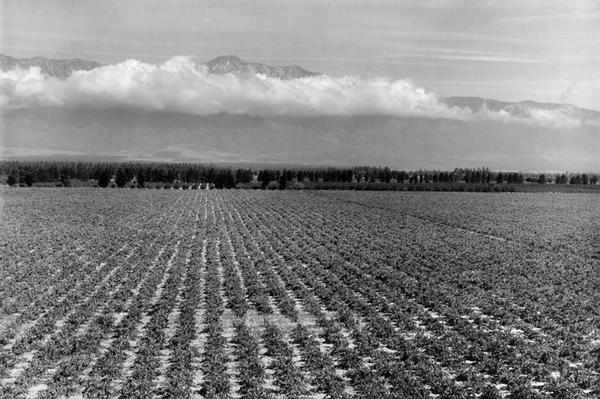September 19, 2019
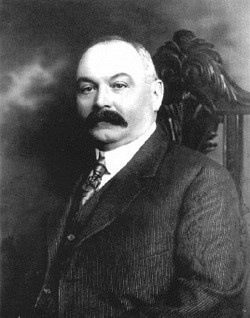
Secondo Guasti
Wine grape culture has played a vital role in our economy almost from the time the first Spaniards viewed the foothills of the majestic San Gabriel Mountains.
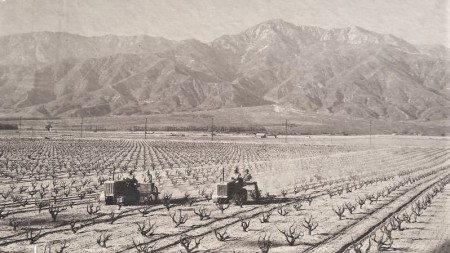
Viticulture history in San Bernardino County’s Cucamonga Valley (located in West End San Bernardino County), is as complex as the old head-trained, dry-farmed vines themselves. Among these, Alicante, Barbera, Grenache, Grignolino, Malaga, Mission, Mourvèdre, Muscat and Zinfandel dominated the landscape for over 150 years.
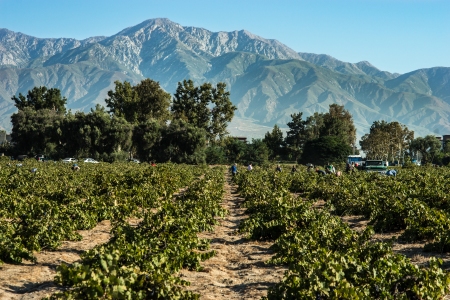
From the rocky foothill terraces, to the warm sandy loam valley floor, Cucamonga’s alluvial terroir provided natural springs and ideal drainage and growing conditions for Old World grape varieties. At its peak, our valley was home to approximately 50,000 acres of vineyards.
Don Tiburcio Tapia established the first vineyard in San Bernardino County in the 1830’s at the foot of Red Hill in the Cucamonga Rancho he was granted by Juan Batista Alvarado, Mexican Governor of California. This would later become the historic Thomas Brothers Winery “California’s Oldest”.
John Rains (1827-1862), a former soldier arrived in 1847 as a cattle and sheep driver. He married the wealthy Maria Merced Williams and they purchased the 13,000-acre Rancho de Cucamonga. Rains began large plantings, starting a revolution by introducing 175,000 grapevines to his 320 acres, replacing livestock.
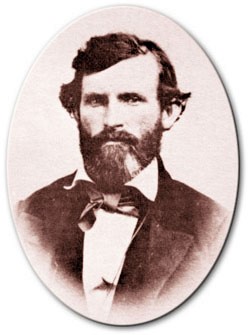
John Rains
The Sainsevain brothers – Pierre and Jean-Louis – bought part of the Cucamonga Rancho in 1865 and established a large vineyard. They were instrumental in Southern California winemaking well before the arrival of Secondo Guasti and other European vintners who developed much of the region’s wine industry at the start of the 20th century.
Founded in 1870 as Padre Vineyard Company, the winery was rebuilt in 1908 by the Vai family and later became Cucamonga Vineyard Company. Primo Scorsatto was Champagne Master.
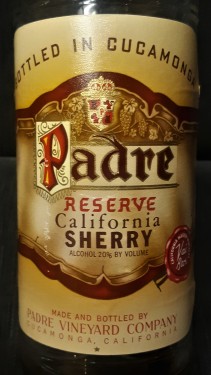
The Hofer Ranch in Ontario was founded by Sanford Ballou and his son Benton in 1882.
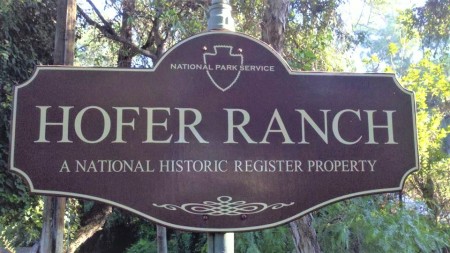
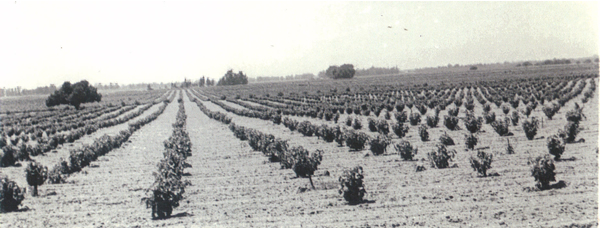
In 1910, Morton E. Post and John H. Klusman established the Mission Winery at the corner of Haven Avenue and Foothill Blvd.

Mission Winery
Domenico Galleano emigrated from Italy with his family in 1913, and in 1927 he and his brothers purchased 160 acres from Col Estaban Cantu, the first territorial governor of Baja California Norte.

Much of the valley’s vintage prosperity is owed to Secondo Guasti (1859-1927), who emigrated from Italy’s Piedmont region and founded the Italian Vineyard Company in 1883, and built it into a gigantic wine enterprise.
Cucamonga was not much more than a patch of desert, but Guasti observed that the winter floods raging down the mountainside flowed only as far as the valley floor. There would be enough moisture to sustain new vine plantings.
He created a European agricultural estate “Guasti” a true company town, entirely self-sufficient including workshops, housing, school, general store, fire station, resident priest.
By 1917, Guasti was advertising the Italian Vineyard Company’s 5,000 contiguous acres – as the “Largest in the World.”
The winery was considered the most modern in the world. Grapes were crushed by machine, not stomped by foot. A narrow-gauge railroad was added by 1908, to bring the grapes from vineyard to the winery.
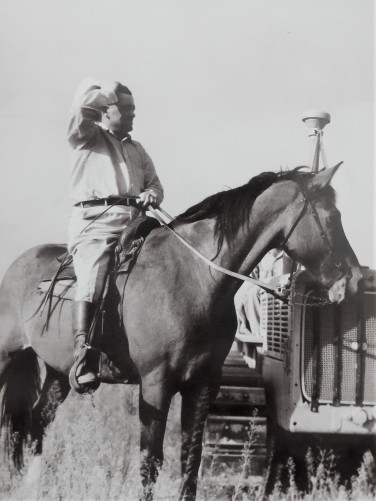
Louis Morra
Guasti attracted workers from far-away lands including Louis Morra who emigrated from Asti, Italy to become vineyard foreman. Many workers came from Mexico to work in the fields and cellars.

Growers introduced improved equipment and best farming practices which remain in use today including Nobel blade for weed and soil maintenance. Traditional head-training was selected, not a wire trellis, but rather trained to a vertical trunk.
Groups including the Soil Conservation District became the Resource Conservation District. Vintner and farmer Tom Carnesi from Ontario among others, led efforts to improve cultivation techniques throughout the County.
Other grape products played an important role in the settlement and development the region. During the last two decades of the 19th century, Cucamonga Valley was promoted as an area where raisin grape varieties Sultana and Muscat could be grown successfully. Growers knew that non-irrigated vineyards produced a much sweeter grape.
Table grape grower George F. Johnston of Etiwanda was instrumental in developing the Thompson Seedless grape with partner William Thompson. Johnston perfected “girdling” – the removing of a strip of trunk down to the wood of the vine at bloom to increase berry size, set more heavily and speed up ripening.
By 1919, valley vineyards spanned over 20,000 acres. More than in Sonoma and twice as many as Napa County as wartime Prohibition was enacted. The Volstead National Prohibition Act and the 18th Amendment to the U.S. Constitution (1920), forbade the “manufacture, sale, or transportation of intoxicating liquors.”
Prohibition (1920 – 1933) motivated vintners to their products to medicinal and sacramental wines and juice. Growers were also shipping crates of their sweet, flavorful Cucamonga Zinfandel and Mission grapes via railroad to Eastern US markets for home winemaking since each “head of household” was permitted to make 200 gallons. Zinfandel’s thick dark skin and high natural sugar proved ideal.
The alcohol ban ended in December 1933 and left a legacy of distorting the role of wine in American life. A new crop of immigrants and their offspring brought post-Prohibition winemaking to a fine art. Like California, Cucamonga boomed with startup family operations including Accomazzo, Aggazzotti, Campanella, Cherpin, DiCarlo, Ellena, Filippi, Galleano, Guidera, Romolo, Sanchez, Tullo and others.
Paul Ballou Hofer helped create the Cucamonga Pioneer Vineyard Association in 1934 as the valley’s first wine producing and marketing cooperative controlled by local growers.
By 1939, Cucamonga was home to 41 bonded wineries, 13 brandy distilleries and a storage and fermentation capacity of more than 13 million gallons of wine.
Since the time of America’s entrance into World War II the growth of California’s wine industry was very rapid. By the mid ‘40s our region presented more than 60 wineries and approx. 40,000 acres of vines.
In 1956, the Biane family moved its large winemaking operation – Brookside Vineyard Company from Redlands to Guasti. The Vaché / Biane family had been a part if the Inland Empire landscape long before Prohibition, but had been eclipsed by Guasti.
Festive gatherings were held throughout the valley including annual “Blessing of the Grapes” at the San Secondo d’Asti Catholic Church in Guasti, Wine Festivals at the Ellena’s Regina Winery and the Grape Harvest Festival by the Rancho Cucamonga Chamber of Commerce featuring Grape Stomps!
Wine Education and Competitions featured Cucamonga Valley Vintners and Growers
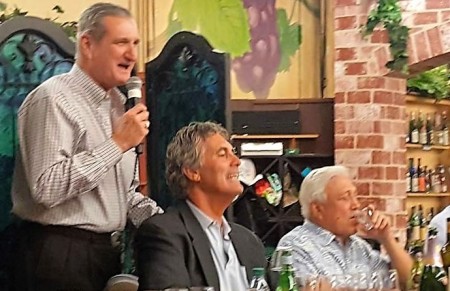
2018 Los Angeles Intl.Wine Competition Judges Don Galleano, Vince Ferragamo, Chuck Keagle
As America’s tastes for European-style wines increased, wineries began focusing on premium varietal bottlings with traditional cork closures and fewer gallon-size jugs.
In 1968, the Cucamonga Valley accounted for 98 percent of the 47.5 million bottles produced in the Southern California wine district, which also included the counties of Los Angeles, Orange, Riverside, San Diego and Santa Barbara.
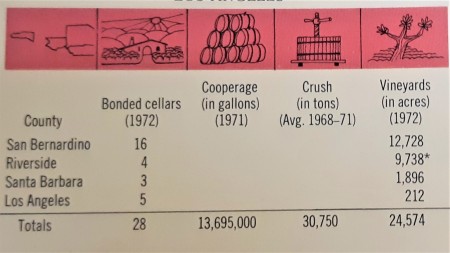
Growing population began to push ever-increasing land values in the valley, resulting in some growers opting to sell their land to make room for housing demand and industrial development.
In 1972 San Bernardino County was home to approximately 13,000 vineyard acres and 16 bonded wineries.
“Cucamonga Valley” was officially approved as an American Viticultural Area by the U.S. Dept of Treasury as a result of a petition written and filed by Gino L. Filippi (1995) on behalf of area growers and vintners. add link here https://www.federalregister.gov/documents/1995/03/31/95-7893/cucamonga-valley-viticultural-area-94f-011p
This law enabled producers throughout the U.S. to utilize “Cucamonga Valley” on bottle labels containing not less than 75% of the volume of the wine from grapes grown in the valley.
The San Bernardino County Board of Supervisors adopted a resolution which read, in part, as follows: RESOLVED that the Board of Supervisors of the County of San Bernardino, State of California, hereby recognizes the efforts of the local wineries and supports the designation of ‘‘CUCAMONGA VALLEY’’ in advertising and on the labels of wines produced in this vicinity.
PHOTOS GROUP 12
Two impressive Cucamonga collaborations featured overseas winemakers Daryl Groom of Australia and Marc Lurton of France. Both brought new attitudes, approach, and reputations for fine winemaking.
Groom teamed with Don Galleano to produce De Ambrogio Ranch Old Vine Zinfandel. Farmed by Galleano and produced by Groom at Geyser Peak Winery in Sonoma County. The vintages remain the highest rated Cucamonga Valley wines.

“Upon first view of the small bush-like vines in Cucamonga, and the sandy soils, I fell in love with them. The wine was rich, dark and jammy with a distinct character I called, ‘Cucamonga character’ – sort of earthy and warm,” said Groom.
Enologist Marc Lurton and local vintner Gino Filippi created Deux Mondes “Two Worlds” Reserve. A Bordeaux-style, barrel aged blend of Cabernet Sauvignon, Cabernet Franc, Syrah and Petite Sirah all grown in Cucamonga.
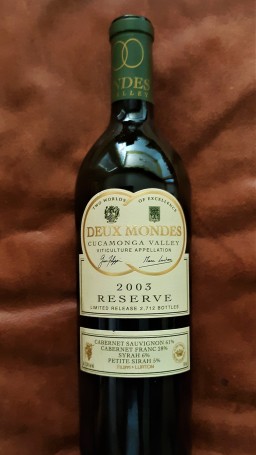
“During the 10 years I worked with Gino and Joey at the Filippi Winery, I have seen the high potential of the valley. Cucamonga Cabernet is never going to be as good as Napa Valley, but we can create blends that no one else can match,” said Lurton. “Deux Mondes 2003 proved as premium a wine from the valley as was possible and that which was possible was brought to a celebrated fruition.”
Today, the region’s winemaking tradition continues thanks to the efforts of families Biane-Tibbetts, DiCarlo, Filippi, Galleano and Hofer – and ongoing farming at: Cantu-Galleano Ranch, DiCarlo, Filippi, Hippard Ranch Etiwanda, Hofer Ranch, Lopez Ranch Fontana and Rancho de Philo.
Long live the dedicated vintners of the celebrated Cucamonga Valley.
May they continue to nurture agricultural bounty in Western San Bernardino County.
END >>>>>>>>>>>>



































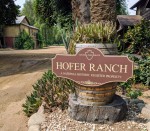


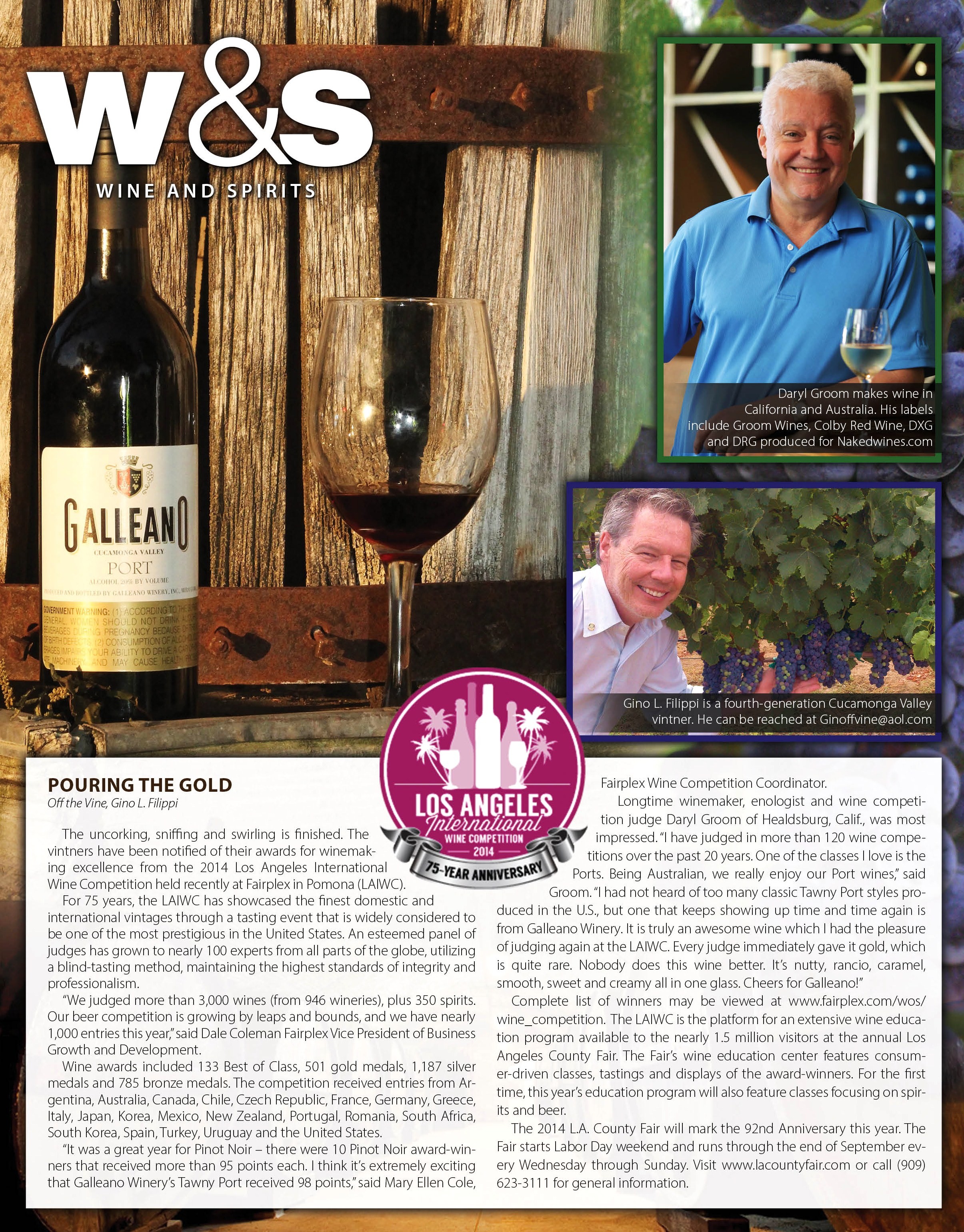
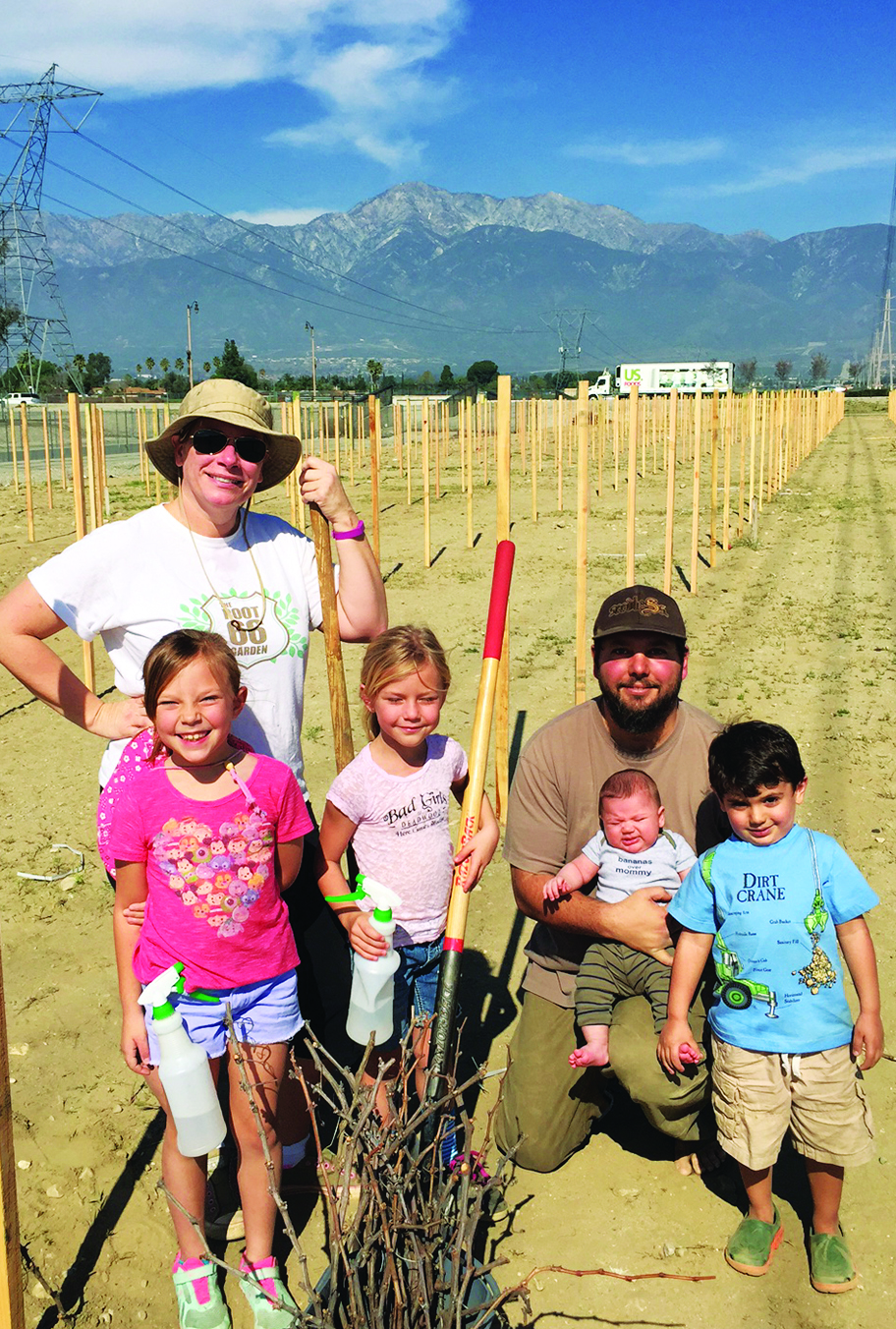
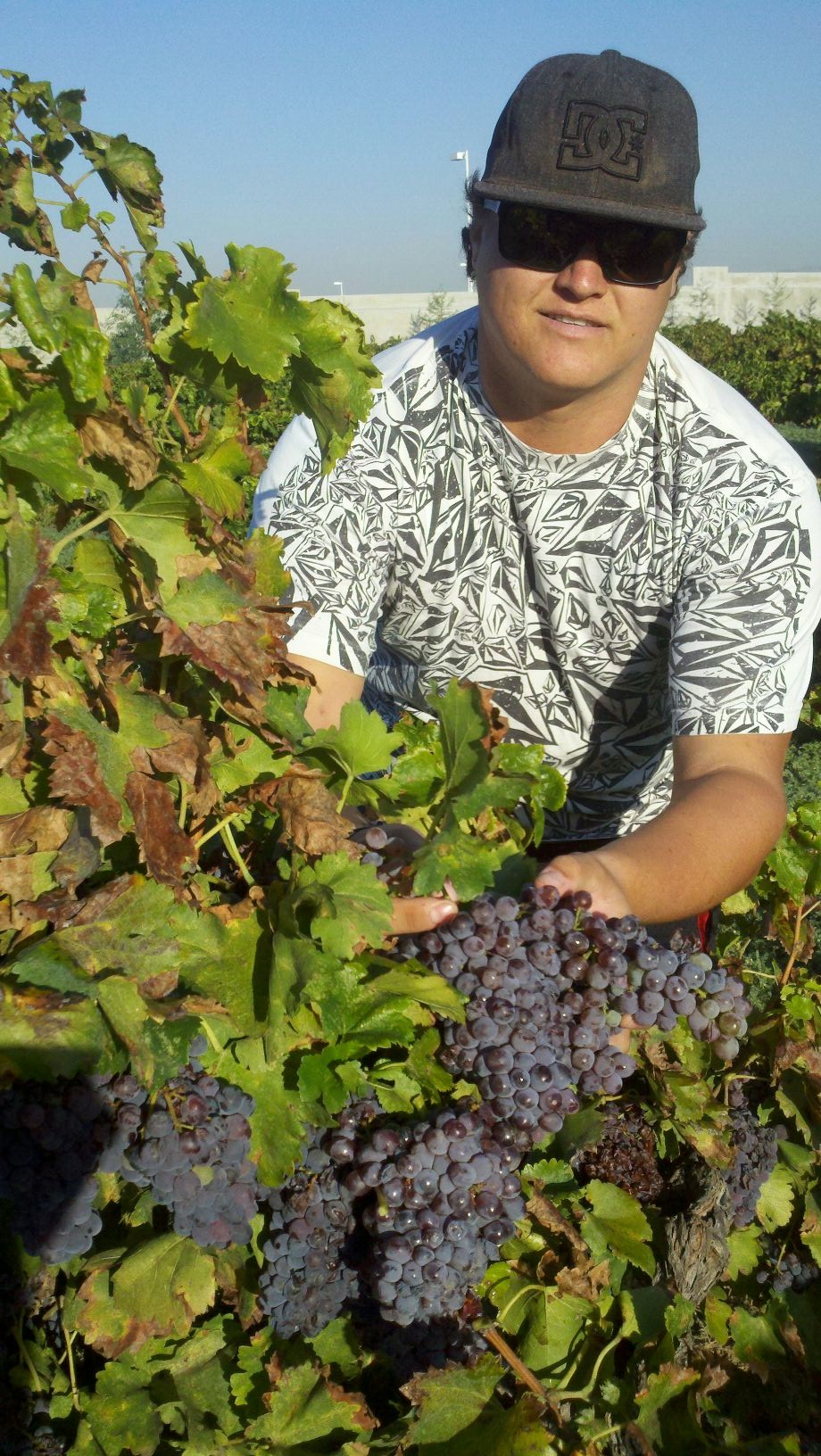 The Hofer Ranch was founded by Sanford Ballou and his son Benton in 1888. Paul Ballou Hofer helped create the Cucamonga Pioneer Vineyard Asso. in 1934 as the valley’s first wine producing and marketing cooperative controlled by local growers.
The Hofer Ranch was founded by Sanford Ballou and his son Benton in 1888. Paul Ballou Hofer helped create the Cucamonga Pioneer Vineyard Asso. in 1934 as the valley’s first wine producing and marketing cooperative controlled by local growers.
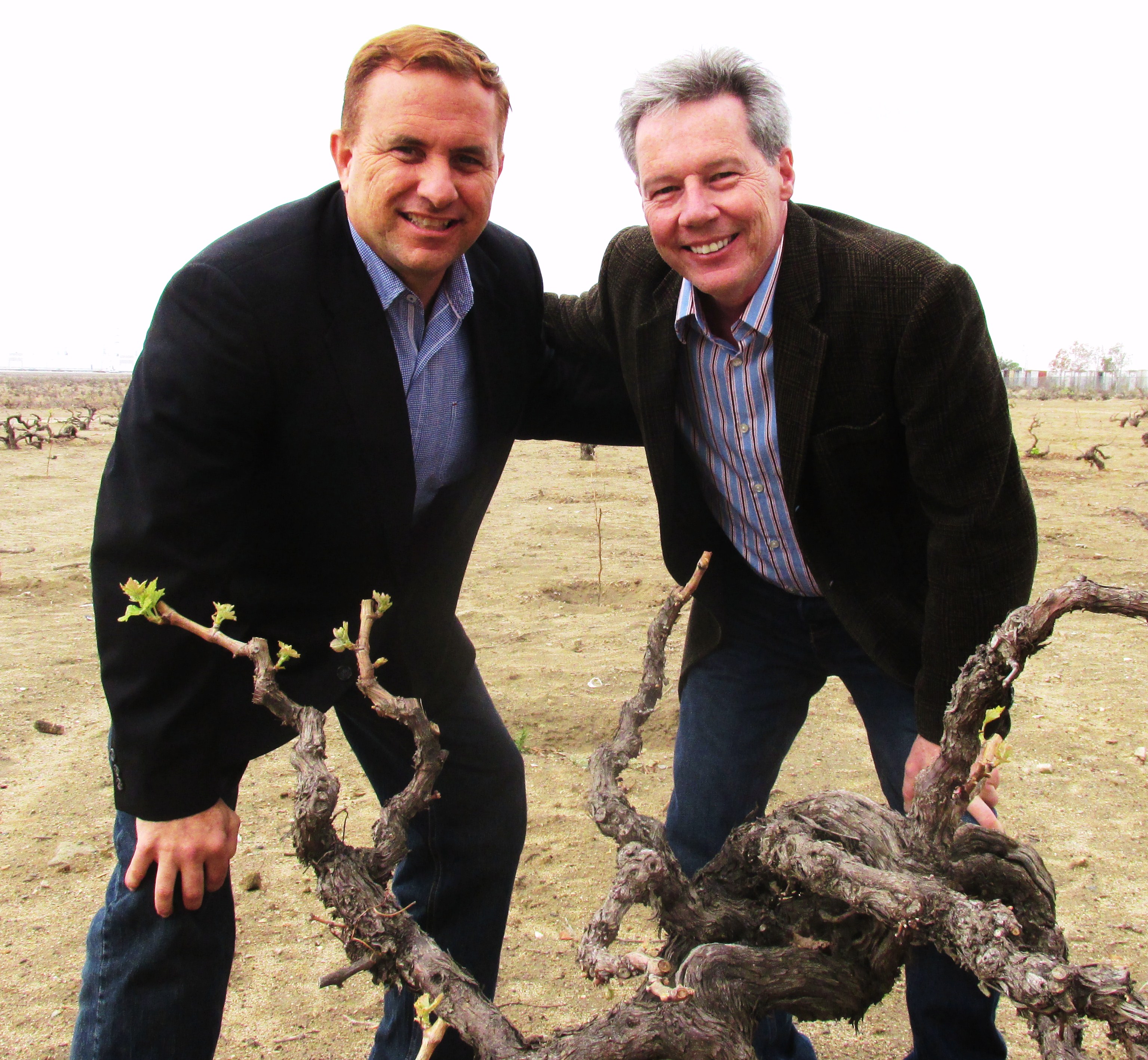 On any given weekend in the nearby Temecula Valley, stretch limos full of lively bachelorette parties and busses brimming with winery tasting room goers motor down Rancho California Road, the main drag of the region marketed as “Southern California’s Wine Country,” looking for fun and an authentic rural experience.
On any given weekend in the nearby Temecula Valley, stretch limos full of lively bachelorette parties and busses brimming with winery tasting room goers motor down Rancho California Road, the main drag of the region marketed as “Southern California’s Wine Country,” looking for fun and an authentic rural experience.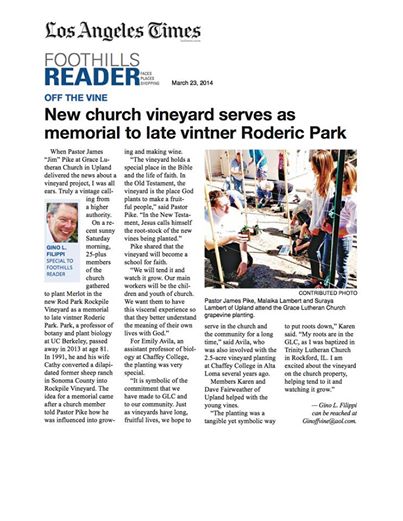
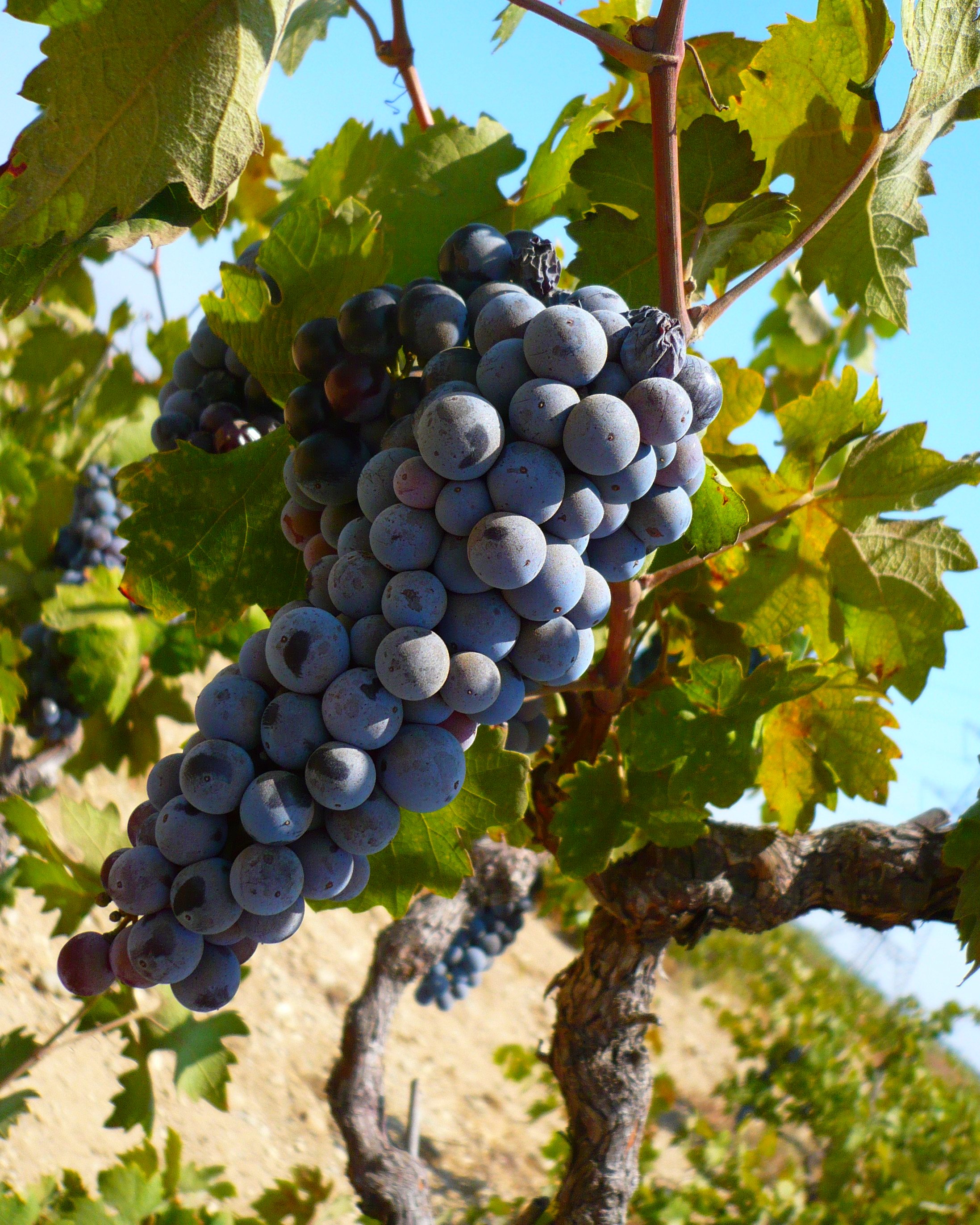 A taste that’s spicy, intense and historic.
A taste that’s spicy, intense and historic.